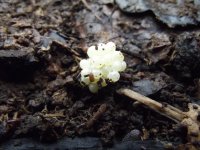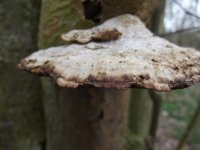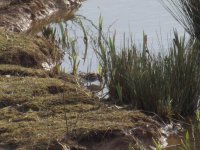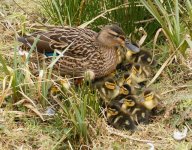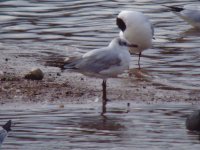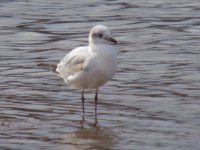lesser kestrel
Well-known member
LRP present Wednesday on the Flashes. About a dozen curlew but no lapwing.
Seem to recall huge winter roots of lapwing at Upton.
Doesn't seem that long ago there were several breeding sites in the Weatheroak, Wythall, Portway and Alvechurch areas. I also remember curlew breeding by Beoley and Weatheoak Hill. Also used to see red legged and grey partridge at these places, along with yellowhammer and tree sparrow.
Thanks to those who have made a donation. Just joined a gym so instead of chasing grannies, as I'm accused of doing, I'll be able to catch them.
Seem to recall huge winter roots of lapwing at Upton.
Doesn't seem that long ago there were several breeding sites in the Weatheroak, Wythall, Portway and Alvechurch areas. I also remember curlew breeding by Beoley and Weatheoak Hill. Also used to see red legged and grey partridge at these places, along with yellowhammer and tree sparrow.
Thanks to those who have made a donation. Just joined a gym so instead of chasing grannies, as I'm accused of doing, I'll be able to catch them.





